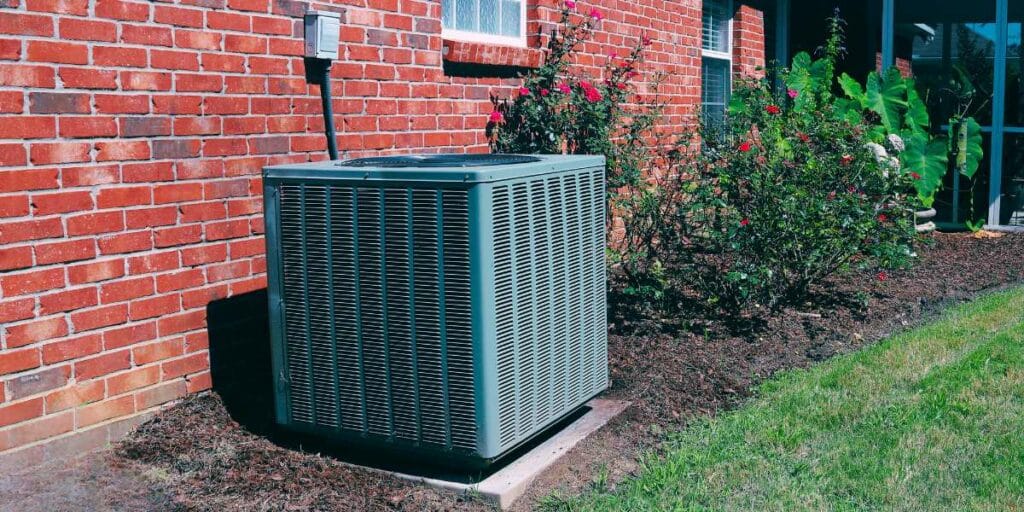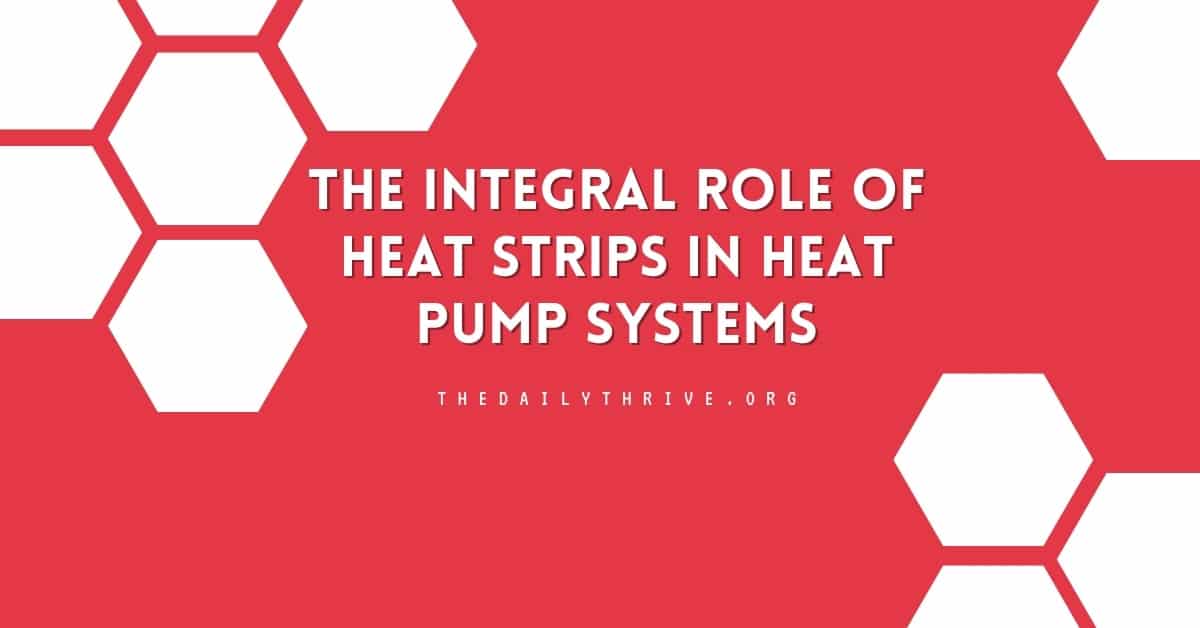Electric heat pumps are lauded for their dual functionality in climate control and environmentally friendly footprint. However, these systems’ intricate mechanics include components crucial for their operation, particularly in colder climates. One such component, often overlooked until a malfunction occurs, is the “heat strip.” Here’s everything you need to know about using heat strips for heat pumps.
These supplemental heating elements, or “auxiliary heat strips,” are integral in enhancing a heat pump’s heating efficiency during extreme temperatures. To appreciate the role of heat strips, we must first understand the operational dynamics of a heat pump.
A heat pump is essentially an air conditioner capable of reversing its cycle. In its heating mode, it extracts thermal energy from the outdoor air and transfers it indoors through a process known as heat transfer. However, as ambient temperatures plummet, heat transfer efficiency decreases, necessitating a supplementary heat source. This is where electric heat strips come into play.
How do Heat Strips Work?
A heat pump system comprises at least three principal elements: the air handler, the condensing unit, and the indoor coil. Each plays a pivotal role in the thermodynamics of heating your space. Let’s navigate through this intricate system, unraveling the technicalities that govern its operation.
The Air Handler
Nestled within the home, the air handler is where precision meets efficiency. Housing the fan and the blower motor, this unit is the conductor of air movement, guiding it through the labyrinth of heating elements and heat exchangers. The fan sets the stage, drawing ambient air into this orchestrated process. At the same time, the blower motor ensures a consistent flow, distributing warmth or coolness evenly across your living spaces.
The Condensing Unit
Outside lies the condensing unit, a testament to the heat pump’s versatility. In this thermal exchange chamber, the coil and refrigerant collaborate in a delicate heat absorption and transfer dance. The refrigerant, a chameleon of temperature regulation, absorbs the ambient heat, transforming it into a conduit of warmth, ready to be relayed to the indoor coil.

The Indoor Coil
The indoor coil stands at the ready, a bridge between the external elements and your home’s sanctuary. It receives the baton – the heated refrigerant – from the condensing unit and channels this energy into the home’s ductwork. The warmth spreads its embrace here, ensuring every corner of your space feels the gentle touch of controlled heat.
Electric Heat Strips
The electric heat strip takes center stage as the frost deepens and the air crisps. Like a silent sentinel, these strips are made up of meticulously arranged coils, each waiting for the call to action. When the current flows through them, they resist its passage, a resistance that births warmth. As the blower motor in the air handler propels air across these coils, it’s not just heat that’s circulated; it’s comfort, reassurance, and the promise of a cozy refuge against the winter’s bite.
Each of these heat pump components plays its part with precision. With its fan and blower motor, the air handler ensures the air’s journey is seamless. With its meticulous refrigerant cycle, the condensing unit promises to extract and channel warmth even when the air holds little. The indoor coil stands ready to disperse this warmth, ensuring it reaches every corner of your home.
And when the cold grows bold, the electric heat strips stand ready to offer warmth, ensuring that your sanctuary remains untouched by the chill outside.
When do Heat Strips Turn On?
The activation of heat strips is contingent on several factors:
- Run Time Dependency: Heat strips are often programmed to activate based on the heat pump’s duration without achieving a significant rise in indoor temperature. This feature ensures that indoor comfort levels are met by engaging the heat strips when the heat pump’s operation prolongs beyond a certain threshold. The thermostat will display “AUX” or “AUX HEAT“.
- Thermal Demand Response: A sudden increase in the thermostat setting can trigger the heat strips. This demand-induced activation helps the system rapidly meet the new temperature setting. However, this rapid heating comes at the cost of increased energy consumption, as heat strips are less energy-efficient than the heat pump’s standard operation.
- Defrost Cycle Integration: In heating mode, the heat pump’s outdoor unit is prone to frost accumulation, necessitating a defrost cycle. During this cycle, the system temporarily shifts to cooling mode, using the hot refrigerant to de-ice the unit. Heat strips are activated to counterbalance the potential influx of cold air during this process, ensuring a stable indoor temperature.
Are Heat Strips Emergency Heat?
Understanding the difference between regular heat strip activation and the “Emergency Heat” setting is crucial for efficient and cost-effective home heating. While heat strips are a built-in auxiliary feature, enhancing the heat pump’s performance during extreme cold, the emergency heat setting serves as a last-resort measure, activated only during specific scenarios.
The “Emergency Heat” setting on your thermostat isn’t just another feature. This setting effectively bypasses the heat pump’s standard operation, focusing solely on the electric heat strips and the blower fan to provide heating.
While “Emergency Heat” offers a quick fix during system breakdowns, it’s accompanied by a significant increase in energy consumption. Though effective in generating heat, the electric heat strips are not as energy-efficient as the heat pump’s regular operation. Relying solely on these strips can lead to a noticeable spike in energy bills.
Tips on Using Heat Strips to Lower Heating Bill
Efficient utilization of heat strips is paramount in balancing operational costs with comfort:
- Precise Thermostat Setting: Optimal thermostat settings are essential in minimizing the reliance on heat strips. An exaggerated dependence on these elements can lead to unnecessary energy expenditure.
- Preventive Maintenance: Regular servicing ensures that the heat pump operates efficiently, reducing the frequency and duration of heat strip activation.
- Proactive Measures: It is critical to recognize signs of frequent heat strip engagement, such as persistent AUX HEAT indications or diminished warm air output. Early detection and intervention can prevent escalated issues and ensure system longevity.
Heat strips play a pivotal role in augmenting the heating efficiency of heat pumps, particularly in extreme cold. A deep dive into their operational triggers and mechanics reveals the complexity behind what appears to be a simple supplementary heating source. A nuanced understanding of these elements, coupled with strategic usage and regular maintenance, is instrumental in harnessing the full potential of heat pumps. This approach ensures sustained comfort during cold spells. It contributes to the energy-efficient and cost-effective operation of your climate control system.






